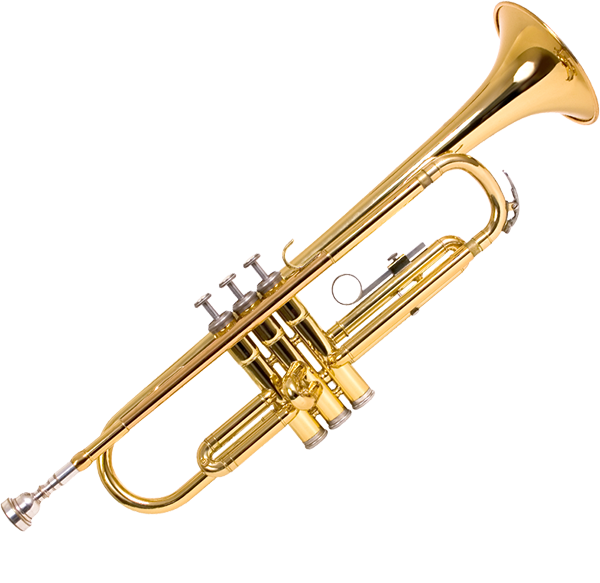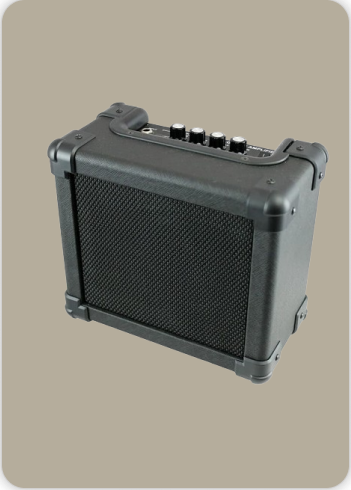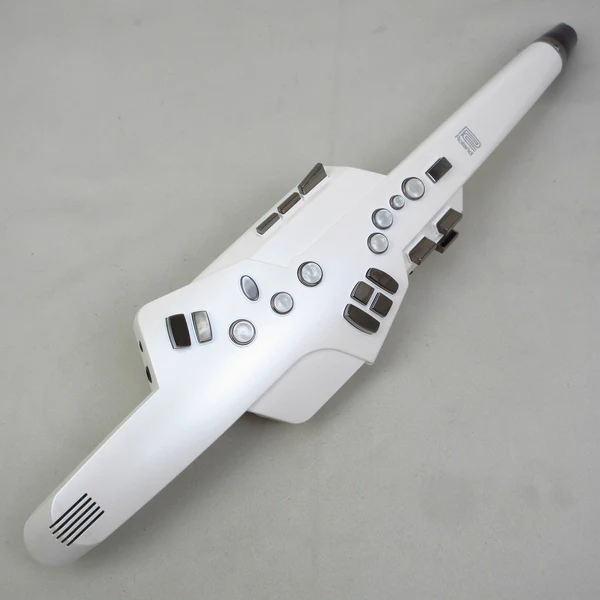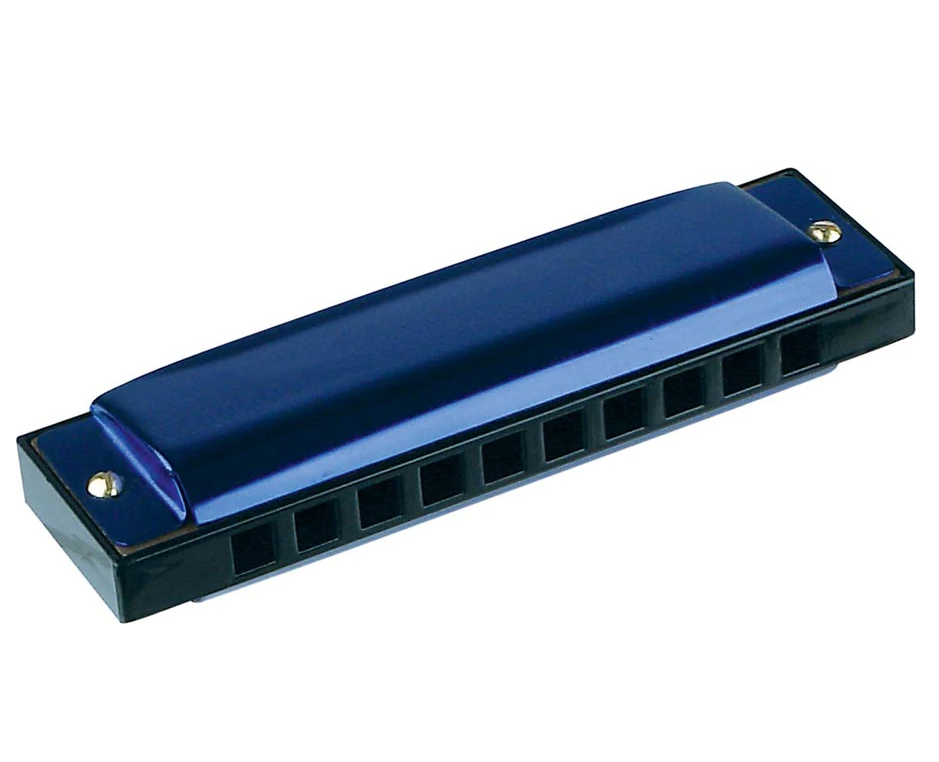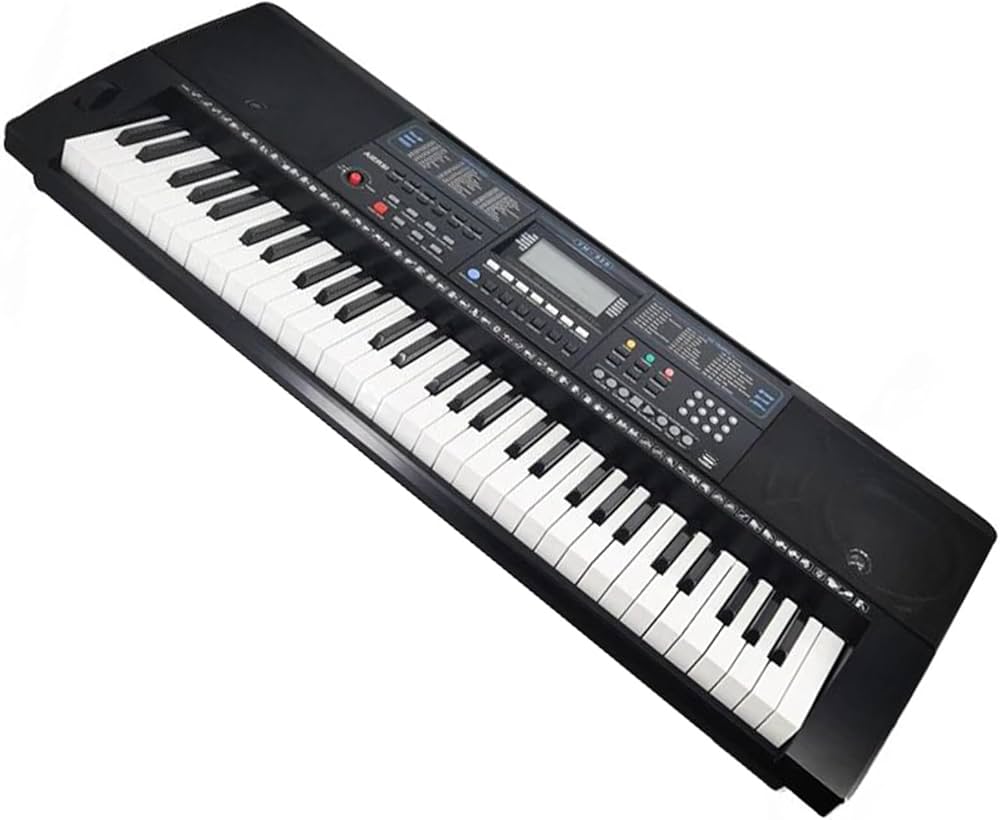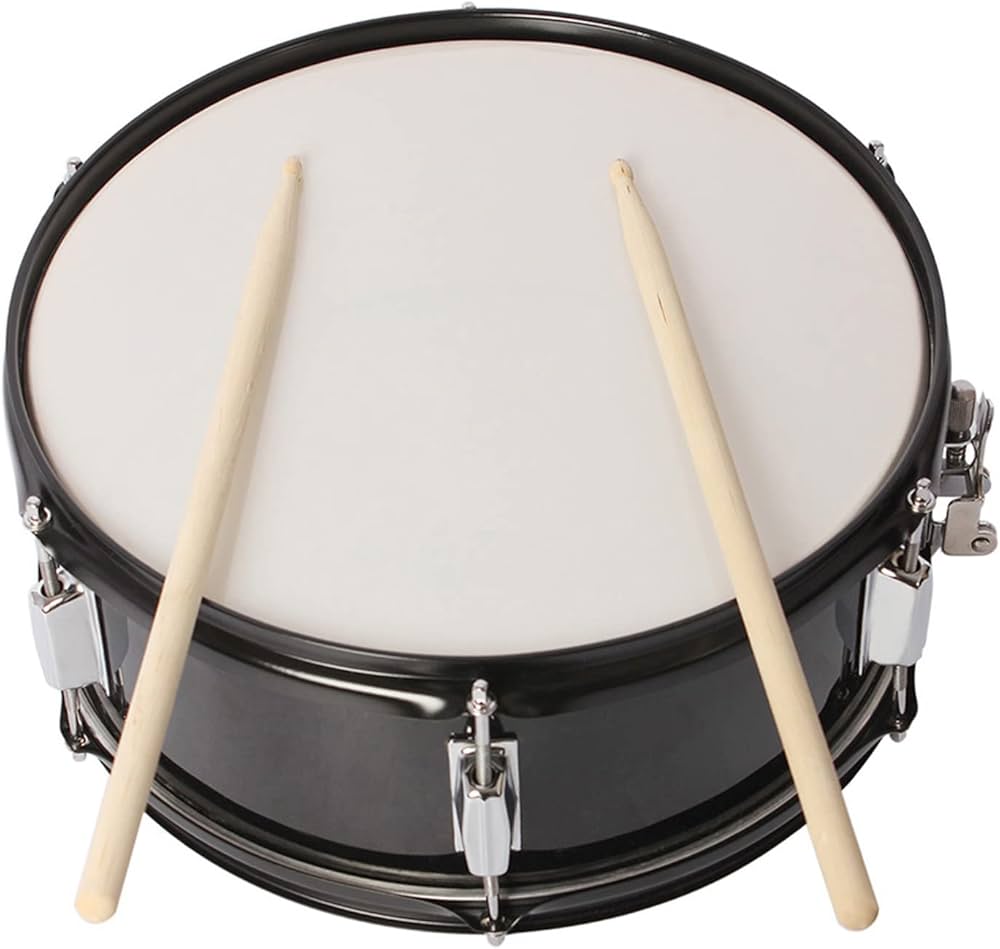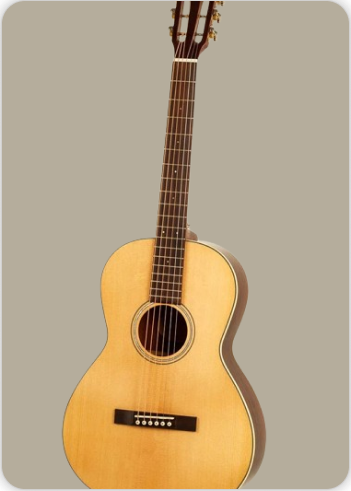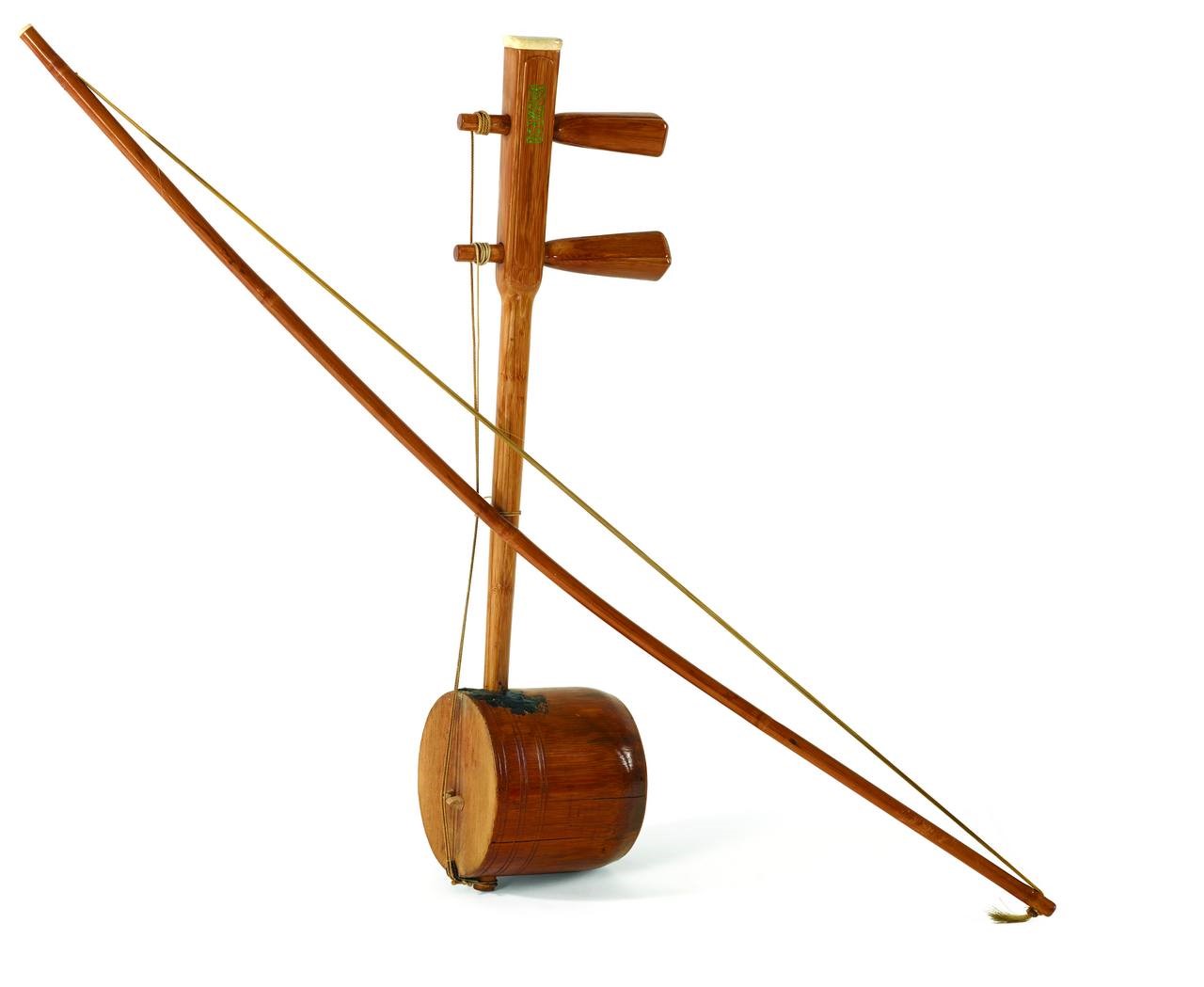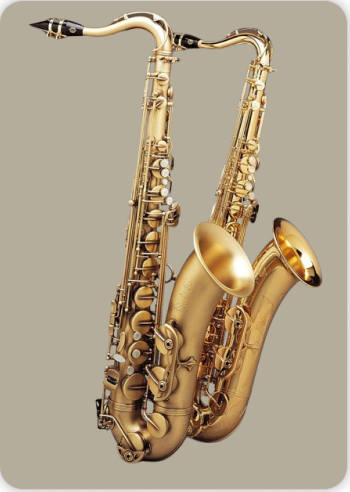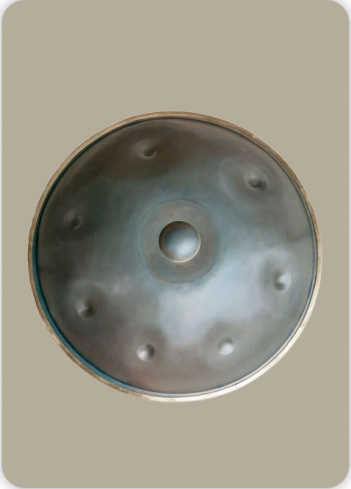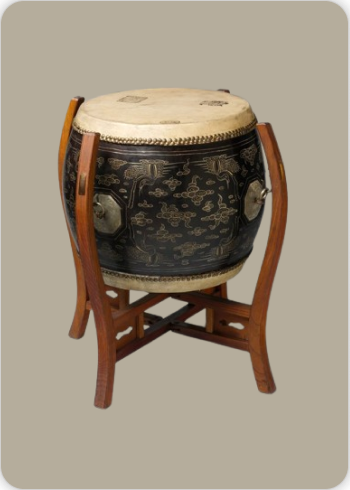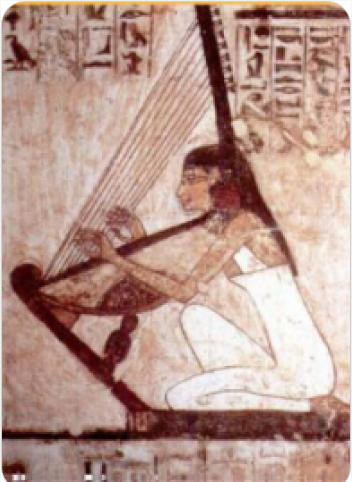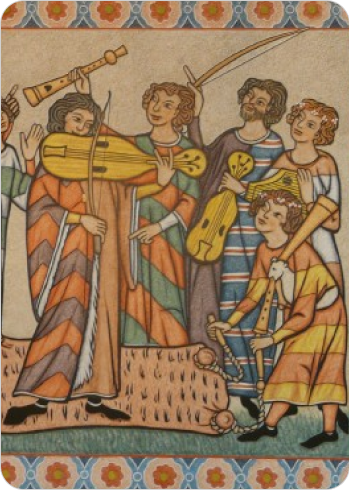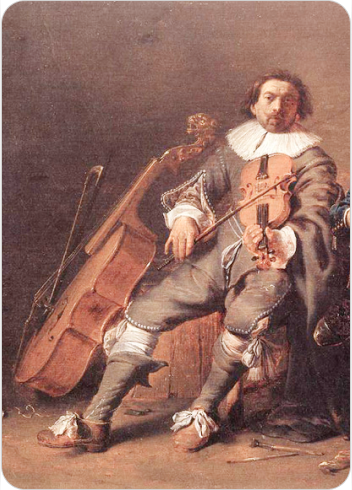Tiqin
Bowed Instruments
Asia
Between 1001 and 1900 AD
Video
The Tiqin is a traditional Chinese bowed string instrument belonging to the Huqin family, which encompasses a variety of two-stringed instruments. Characterized by its distinctive shape, the Tiqin features a long neck and a rounded body, typically made from wood.
It is similar in appearance to other huqin instruments, such as the erhu and the zhonghu, but is uniquely designed for specific tonal qualities and playing techniques. The Tiqin is known for its rich, warm sound, which is produced by drawing a bow across its two strings. These strings are usually made of silk or synthetic materials, allowing for a range of expressive tones. The instrument is traditionally played in a vertical position, with the player seated and the instrument resting on their lap or between their legs. The Tiqin’s versatility allows it to be used in various musical contexts, from solo performances to ensemble settings.
History of the Tiqin
The history of the Tiqin dates back to ancient China, with origins that can be traced to the Ming Dynasty (1368-1644). It is believed that the Tiqin evolved from earlier string instruments, adapting over time to meet the changing musical tastes and cultural influences within Chinese society. The name “Tiqin” itself translates to “lifted string,” reflecting its method of play. As part of the huqin family, the Tiqin shares a lineage with other two-stringed instruments that have been present in China for centuries. These instruments were often used in folk music and theatrical performances, playing a crucial role in storytelling and cultural expression. By the Qing Dynasty (1644-1912), the Tiqin had gained popularity among musicians and was commonly featured in traditional Chinese orchestras. Throughout its history, the Tiqin has undergone various modifications in design and playing technique. While it was once primarily played in rural areas, it has since become more widely recognized and appreciated in urban settings as well. Today, musicians continue to explore its potential in contemporary music genres while preserving its traditional roots.
Materials Used in Construction
The construction of the Tiqin involves carefully selected materials that contribute to its unique sound quality and aesthetic appeal. The body of the instrument is typically crafted from high-quality wood, such as rosewood or mahogany, which enhances resonance and durability. The choice of wood not only affects the tonal characteristics but also influences the overall appearance of the instrument. The strings of the Tiqin are traditionally made from silk, although modern versions may utilize synthetic materials for increased durability and stability. These strings are stretched over movable bridges that allow for precise tuning adjustments. The bow used to play the Tiqin is also an essential component; it is usually made from bamboo or wood and strung with horsehair or synthetic fibers.
How It Works
The Tiqin produces sound through a combination of bowing techniques and resonance from its body. When a player draws the bow across the strings, vibrations are generated that resonate within the hollow body of the instrument. This process amplifies the sound, allowing it to project effectively. To create different pitches, players press down on the strings with their fingers while adjusting bowing pressure and speed. This requires skillful coordination between both hands and allows for expressive playing that can convey a wide range of emotions. The ability to perform techniques such as vibrato and glissando further enhances its musical expressiveness.
Types of Tiqin
While there is primarily one standard type of Tiqin associated with traditional Chinese music, variations may exist based on regional preferences or individual craftsmanship. Some musicians may customize their instruments with different string materials or modifications to achieve specific tonal qualities.In addition to these variations, related instruments within the huqin family include:
Erhu: A two-stringed instrument known for its expressive sound.
Zhonghu: A lower-pitched variant of the erhu.
Guzheng: A plucked string instrument with multiple strings.
Each instrument has its own unique characteristics but shares similarities in construction and playing technique.
Features of the Tiqin
Key features of the Tiqin include:
Two Strings: Provides versatility in melody creation.
Wooden Body: Enhances resonance and projection.
Bowed Technique: Requires skillful manipulation for sound production.
Movable Bridges: Allows for precise tuning adjustments.
Cultural Heritage: Represents traditional Chinese music practices.
These features collectively contribute to the distinctiveness of the Tiqin within Chinese musical traditions.
Music Composed for the Tiqin
The music composed for the Tiqin often reflects traditional themes relevant to Chinese culture. It serves as an accompaniment to folk songs, opera performances, and other forms of artistic expression. The melodies played on this instrument typically incorporate improvisation and ornamentation, showcasing both tradition and individual creativity. In ensemble settings, the Tiqin may interact with other instruments such as drums or flutes, creating rich textures that enhance communal experiences during performances. Its ability to convey emotion makes it particularly suited for expressing themes related to nature, love, and community life.
Cultural Significance
The cultural significance of the Tiqin extends beyond its musical role; it embodies aspects of identity and heritage among Chinese communities. As an instrument traditionally associated with folk music and storytelling, it represents a connection to cultural values and history. Efforts to preserve traditional music practices have sparked renewed interest in learning how to play instruments like the Tiqin among younger generations. This revival not only helps maintain cultural traditions but also fosters community cohesion through shared musical experiences.
The Tiqin is more than just an instrument; it is a vital part of China’s cultural landscape that continues to resonate with audiences today.
FAQ
What type of instrument is the Tiqin?
The Tiqin is a traditional Chinese bowed string instrument classified as a spike fiddle. It is part of the huqin family and resembles a small version of the erhu. Known for its high-pitched and expressive tone, it is commonly used in regional folk music. Its design allows it to produce a distinctive, resonant sound in Chinese orchestras and solos.
What materials are used to make the Tiqin?
The Tiqin is crafted primarily from wood, such as rosewood or sandalwood, for its body and neck. Its resonator is covered with snakeskin, which enhances the instrument's tonal quality. Steel or silk strings are used, and the bow is strung with horsehair. These materials work together to create the Tiqin's characteristic sound.
What type of music is played with the Tiqin?
The Tiqin is traditionally used in Chinese opera and folk music, particularly in southern China. Its expressive tone makes it suitable for emotional and lyrical pieces. It often accompanies vocals or plays melodic solos. The Tiqin is also featured in ensemble performances, adding depth to the musical texture.
 Links
Links
References
Other Instrument
Categories

